Brain City Berlin: in free dialog with the world
13.05.2019 | Berlin is one of the most exciting centers for science and research in the world. Brain City Berlin is characterized by international and interdisciplinary teamwork among specialists with a wide range of expertise. It is not without reason that about a quarter million people study, teach, and conduct research in the city, due in no small part to the open exchange of ideas and scientific freedom.
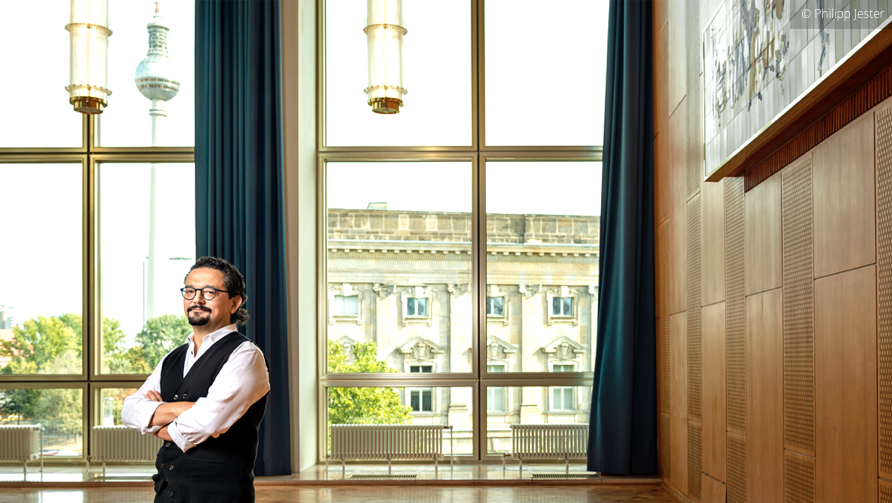
"One of the important aspects of Berlin is that the city is alive at its core and developing. It is innovative, home to many events, start-ups and other industries. I think it was the right time for me to make a change in my own career and be part of an evolving, dynamic institution that is the opposite of where I have been lately," says Dr. Tamer Boyaci.
The business economist held a professorship at the renowned McGill University in Canada for almost 18 years. Today he is research director and holder of the Michael Diekmann Chair of Business Administration at the European School of Management and Technology (ESMT) in Berlin.
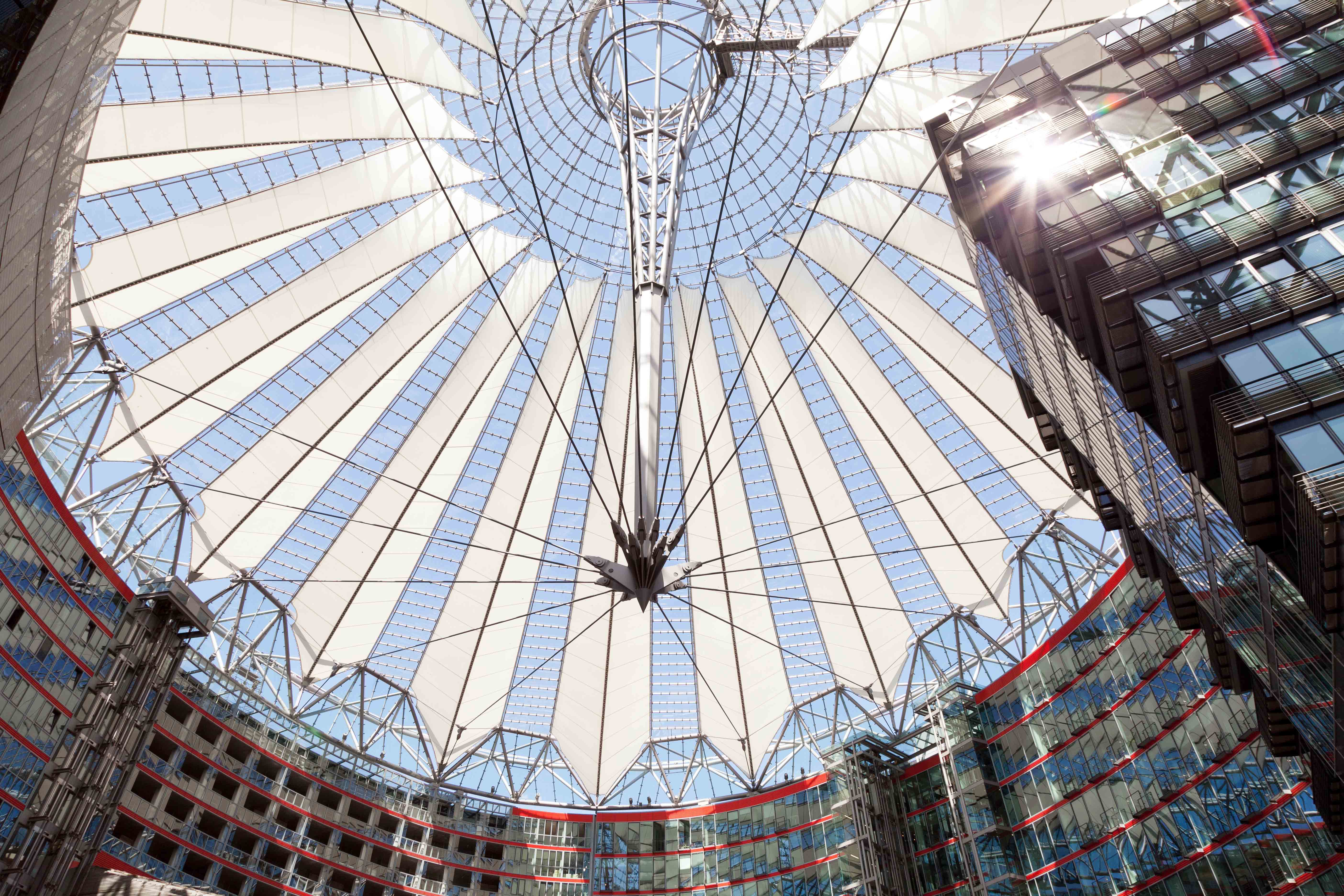
Closely networked collaboration
Like Tamer Boyaci, countless scientific talents from all over the world come to Brain City Berlin each year. Around a quarter of a million people study, teach, and research in the capital's more than 40 university-sponsored and more than 70 non-university institutions. The close connection with the economy, especially with the flourishing start-up scene, makes science a driving force in the economic development of the city. Especially in the eleven Berlin centers for the future, which include the Adlershof Science and Technology Park and the Siemensstadt 2.0 site still being set up, companies are working closely together with scientists.
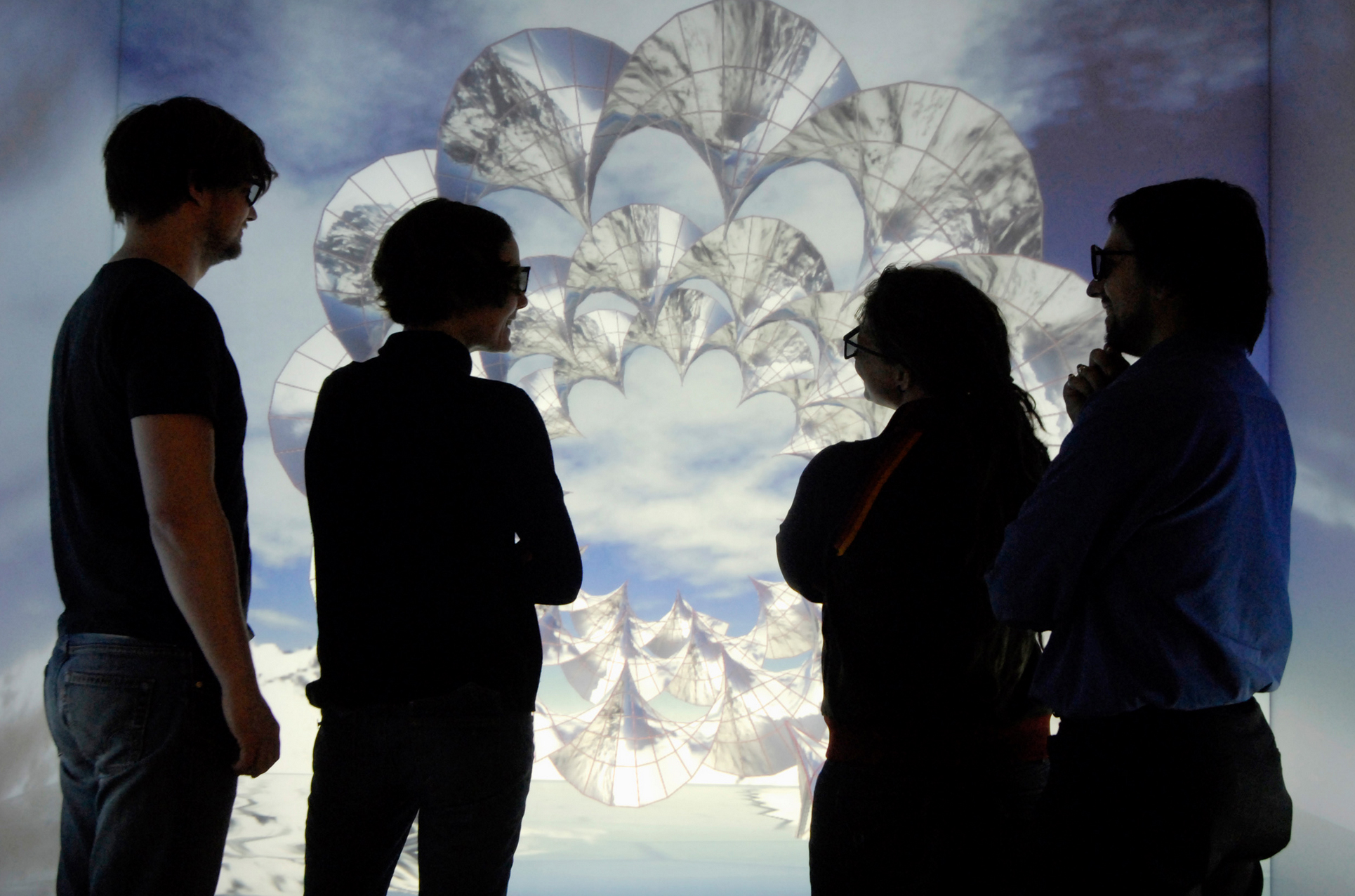
Diversity of expertise
The breadth of scientific expertise in Berlin is also extensive. This is evidenced not only by the impressive number of more than 1,000 study programs at the city's universities, but also by the many interdisciplinary partnerships between universities, non-university research institutions, and local technology centers. The main research areas at Brain City Berlin are future-oriented and, in many areas, breaking new ground internationally, especially in such fields as digitalization, the life sciences, humanities, the social sciences, and mathematics.
Another characteristic of the city is the openness of the scientific dialog and the freedom of research. Imagine a city that breathes freedom and openness to the world, that places great emphasis on cooperation, and where diversity and equality are values all live by. These many cities are actually just one: the Brain City, Berlin," says Berlin Mayor Michael Müller. The mayor is particularly interested in the diversity and cosmopolitan nature of the city as a center for science, since he also serves as the Senator for Science and Research.
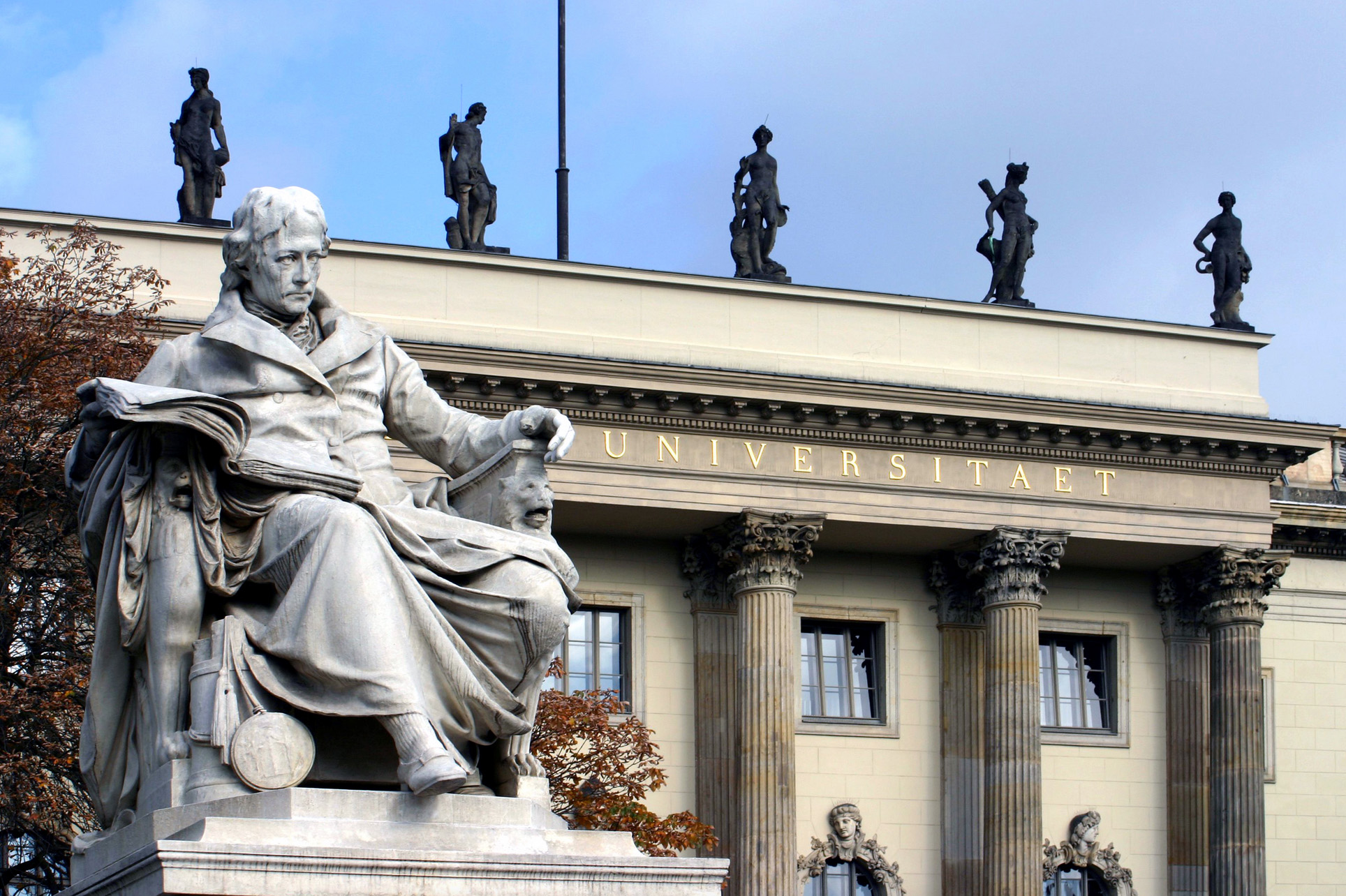
Open research atmosphere
The freedom of research means lively exchanges between universities and scientific institutions around the world. It also means that researchers and students who are under threat or otherwise have been forced to flee their home countries can find support in Berlin and live and conduct research here without censorship or other hindrances. Programs like that of Einstein Stiftung Berlin are examples of this. Because openness and internationality are firmly anchored in the self-image of Brain City Berlin. The internationality is also reflected in the range of courses on offer, the high number of international visiting professorships and teach projects, and the high number of foreigners choosing to study in the city: 20% of the approximately 191,000 students in Berlin come from outside Germany. And about 16% of the scientists working in the capital have also come from abroad. Berlin's scientific institutions also partner with institutions around the world.
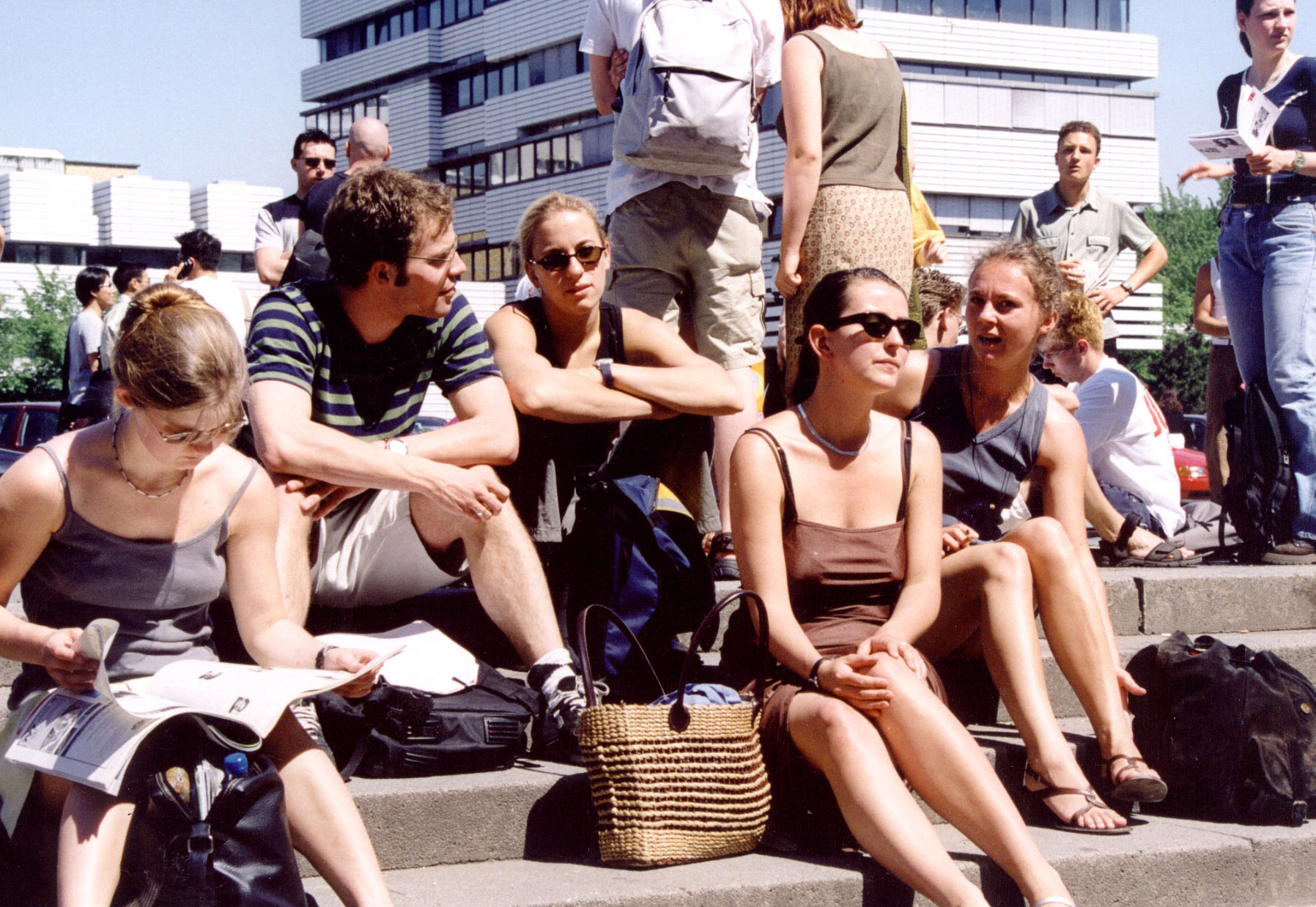
In dialogue with the public
Regionally, Berlin's universities and scientific institutions also promote dialogue and the open exchange of ideas. Through events such as open lecture halls, open houses, and science slams, they regularly provide the public with lively insights into their work. A highlight every year in June is the Long Night of the Sciences, which is equally popular with young and old alike. In more than 2,000 events on the "smartest night of the year," some 35,000 visitors can experience first-hand what makes the Brain City Berlin so exciting. In turn, Berlin Science Week brings the city's world of research together each November.
"For me, Berlin means inspiration and dialogue, as a scientist to be a part of the city, and to help shape society," Dr. Maren Borkert, Marie Curie Experienced Researcher at the Chair of Entrepreneurship and Innovation Management, says, concisely describing what sets apart Berlin as a city of science. Dr. Jule Specht, Professor of Personality Psychology and Psychological Diagnostics at the Humboldt University in Berlin mentions another aspect that makes Brain City Berlin so attractive to people from all over the world: "The city is actually as great as its reputation. You can go to the theatre every day and relax at Tempelhofer Feld on the weekend. There is just a colorful, family-friendly, culturally rich life here and thus a lot of variety."
Copyright opening-photo: visitBerlin/Wolfgang Scholvien